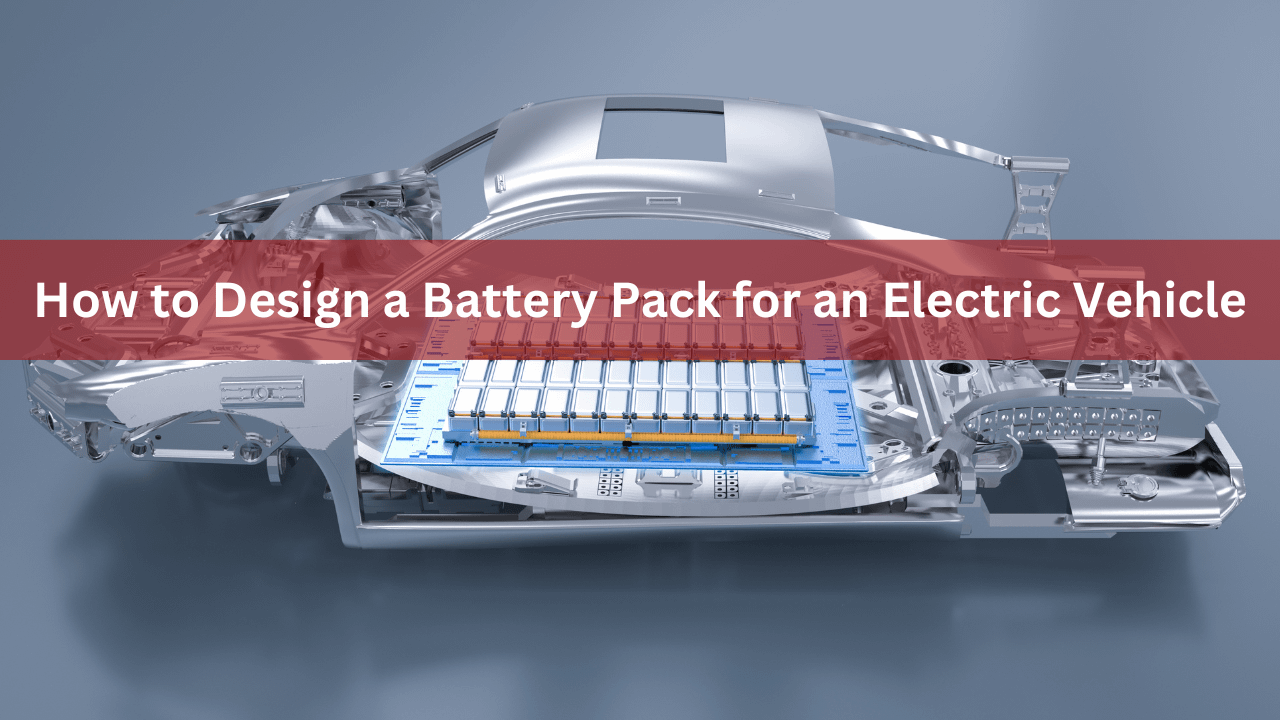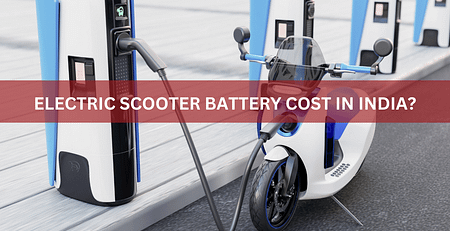How to Design a Battery Pack for an Electric Vehicle
EVs are growing in popularity as more people explore environmentally friendly transportation solutions. The battery pack, which gives EVs the power they need to operate, is one of their essential parts. We’ll talk about how to make a battery pack for an electric car in this article.
What exactly is a battery pack?
In order to power an electrical system, such as an energy storage system or an electric vehicle (EV), a battery pack is a device that stores electrical energy (ESS). The battery pack has cells that are all interconnected and used to store energy.
Battery packs need a minimum voltage level that a single cell cannot reach in order to provide adequate power. As a result, several cells are linked together in series to increase voltage. Small-capacity cells are used in some designs. Cells are linked in parallel to increase capacity and produce the needed battery energy. Parallel cell connections provide power as if they were one huge cell.
Battery packs are designed from numerous, smaller components known as battery modules (or sub packs). These modules have fewer cells that are linked in series and parallel. They are typically handled safely because they are at a lower voltage. When only a few cells need to be replaced and they can be done so without having to replace the complete battery, modules make service easier. EV batteries are typically constructed from four to forty modules connected in series.
Step 1: Assess Your Battery Needs
Establishing the battery requirements is the first stage in designing a battery pack for an EV. Included in this are the voltage and power requirements for the vehicle. The voltage needed will depend on the EV’s motor type, while the capacity needed will depend on how far the car needs to go.
Let’s imagine that we are designing a battery pack for an electric Sedan with a 300-mile range requirement. We must take into account the energy efficiency of the vehicle, road conditions, and any additional power needs, such as heating and air conditioning, to establish the battery pack’s required capacity.
With the assumption that the car has a 4 kilowatt-hour (kWh) per mile energy efficiency, we can determine that it will take 75 kWh of energy to drive 300 miles. We may want to aim for a little greater capacity, such as 80 kWh, to create a buffer for unforeseen variances in driving circumstances in order to make sure the battery pack has enough capacity to meet this requirement.
Assess Battery requirement with us.
Step 2: Choose the Battery Cells
The next step is to select the battery cells after you have established the battery needs. The most popular form of battery used in EVs is a lithium-ion battery because of its high energy density, extended lifespan, and quick charging capabilities. To fulfil the required voltage and capacity, the cells can be acquired in a variety of sizes and capacities, and they can be set up in a variety of ways.
Step 3: Designing the Battery Pack
Designing the battery pack comes after choosing the battery cells. Choosing the placement of the cells, the wiring and interconnections, and the thermal management system are all necessary steps in this process. The battery pack needs to be built to meet the EV’s precise dimensions and have the necessary voltage and capacity.
Step 4: Putting the Battery Pack Together
The battery pack can be put together once the design has been decided upon. This entails wiring the pack to the vehicle’s power management system, installing the thermal management system, and connecting the cells in the required configuration. In order to ensure the battery pack’s dependability and safety, it is imperative that you adhere to the manufacturer guidelines during assembly.
Step 5: Examine the battery pack
The battery pack must be inspected after assembly to make sure it has the necessary voltage and capacity and is secure for usage. Tests should be performed on the battery pack’s capacity, voltage, and temperature performance under a variety of circumstances, such as varying rates of charging and discharging and varying temperatures.
Would you like to know assess your requirement – Get free EV battery pack consultation from us
We can guide you to find out more about the various battery types used in EVs, how to assess your battery needs,
Enter your contact information in the box below to receive your free consultation.




Comments (9)
fdrRQXubSNWBZ
VxHqICNazcZliB
I’m truly enjoying the design and layout of your website. It’s a very easy on the eyes which
makes it much more pleasant for me to come here and visit more often. Did you hire
out a developer to create your theme? Exceptional work!
eJkGgRVrAMdvhw
I know this site presents quality dependent articles or reviews and other material,
is there any other web site which provides these kinds of
stuff in quality?
You’re so cool! I don’t believe I’ve truly read through anything like that before.
So great to find someone with some unique thoughts on this topic.
Seriously.. many thanks for starting this up. This website is
one thing that is needed on the web, someone with
some originality!
aBHQkLtdnTGzXVsY
RoLFgUdiZtaEcKMH
SIHrBXNkEzmGYqQu